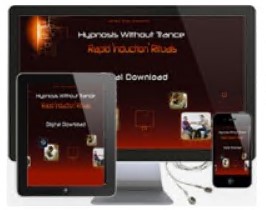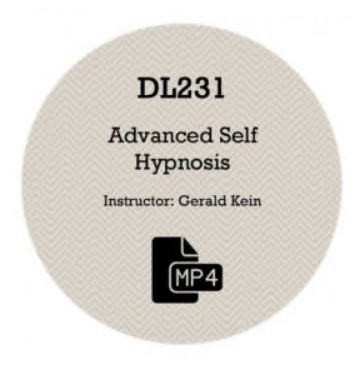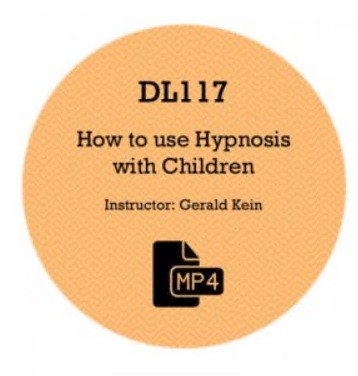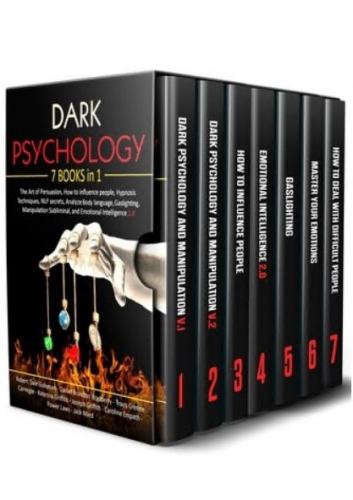product description:
The first show, a live event broadcast on Wednesday 9 September 2009, appeared to show Derren Brown predicting that night's lottery draw. This was conducted by a set of white balls lined up, facing a wall, next to a television displaying a live feed from BBC One as they aired the live draw. After the draw, Brown wrote the results on a piece of card prior to turning the white balls around, facing the camera, to reveal that both the numbers on the balls and the numbers on the card were the same. The winning numbers were: 2, 11, 23, 28, 35 and 39. The bonus was number 15, however, his predictions did not include the bonus ball.
On Friday 11 September at 21:00, a second show aired, which stated three possibilities for winning the lottery. The first, faking a winning ticket, was quickly dismissed, and the majority of the programme described Brown's use of automatic writing and crowd psychology to appear to predict the numbers ahead of time. Through a series of experiments and attempts at explaining complex psychology, while avoiding the underlying maths, Brown suggested that he may have predicted numbers using a phenomenon known as the "Wisdom of Crowds". He revealed 24 volunteers who, after a number of previous sessions, were shown to apparently predict the correct numbers by perusing a board filled with previous lottery numbers and guessing that week's through automatic writing. The show concluded with a brief description of how the lottery results could have been rigged, with Brown firmly stating that this would have been illegal and that he would always claim the stunt was simply a trick.
The "Wisdom of Crowds" explanation received considerable negative criticism from the press and leading academics[1][2] with one journalist writing in The Times "Derren Brown turns from most intriguing man on television to the most irritating".[3] Publicist Max Clifford remarked that the stunt would have "put millions on [Brown's] value in the years to come".[4] Philosopher A C Grayling wrote that "the hour-long 'explanation' was itself a trick, and not as good as the lottery trick itself."[5] Camelot, the company who run the National Lottery, congratulated Brown on his "illusion", and reminded the public that it was "impossible to affect the outcome of the draw".[6] This trick attracted widespread attention, and a number of alternative explanations were proposed,[1][7] including the use of a split screen camera trick, or a false wall.[1] The Daily Mail concluded that using a false wall seemed the most likely method,[8] while a poll for the Guardian concluded that a split screen was most likely.[9]
The audience present at the filming of "How to Win The Lottery" witnessed a recorded scene which was cut from the final broadcast: an open-topped bus was filmed under the Christmas lights in Oxford Street, with a group of school children appearing to pull the set of lottery numbers from a black sack. The film pre-dated the lottery draw by some months, as the lights were not yet up at the time of broadcast. The reason for this scene being cut from the aired programme is unclear; The Sun's response from Channel 4 was that it was cut "due to time constraints".[10] In "Derren Brown: Behind the Mischief", Derren states that he was disappointed with this stunt because the explanation of how he fixed the draw itself was supposed to act as a twist, but due to the scrutiny the show came under appeared ridiculous.
 USD
USD



